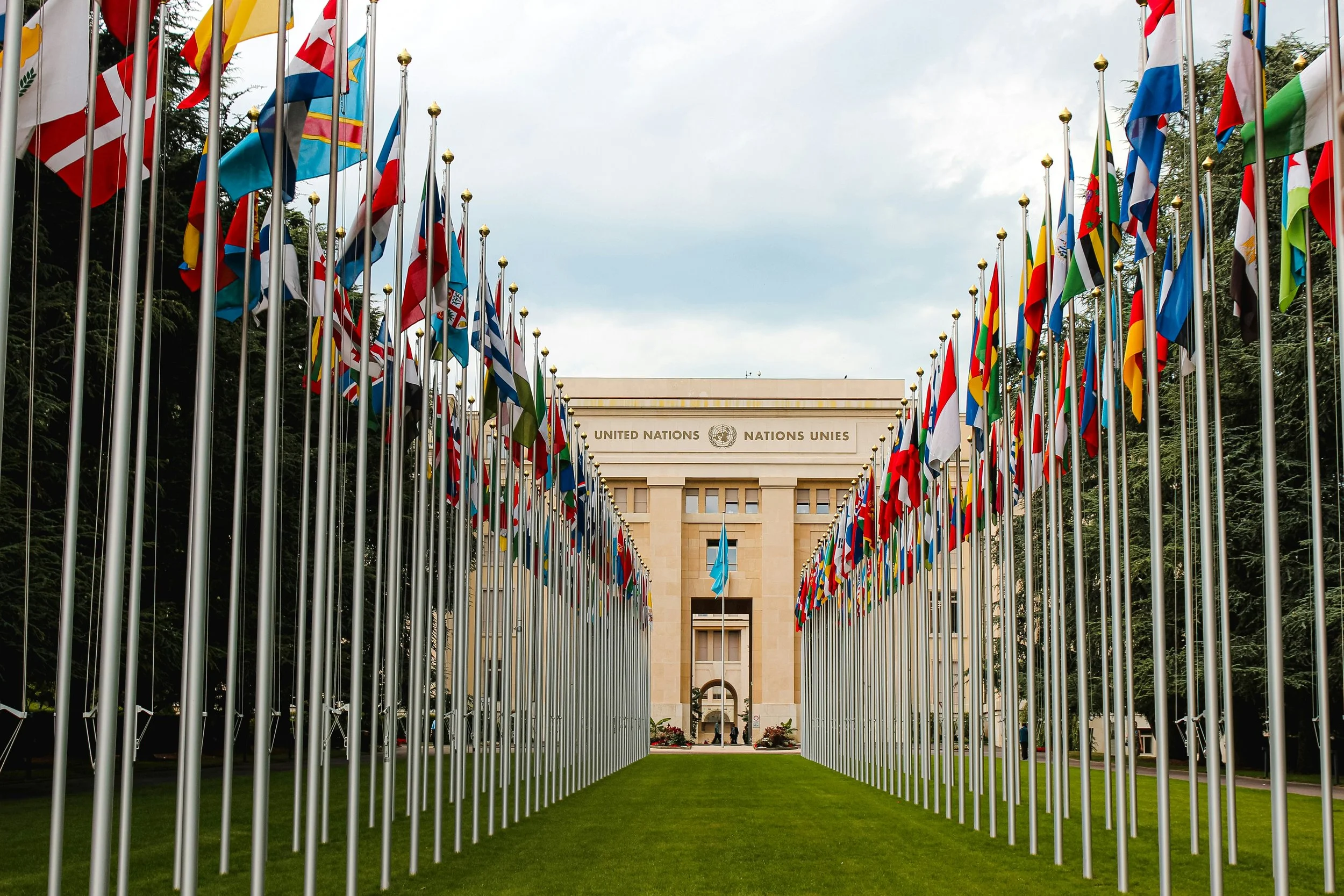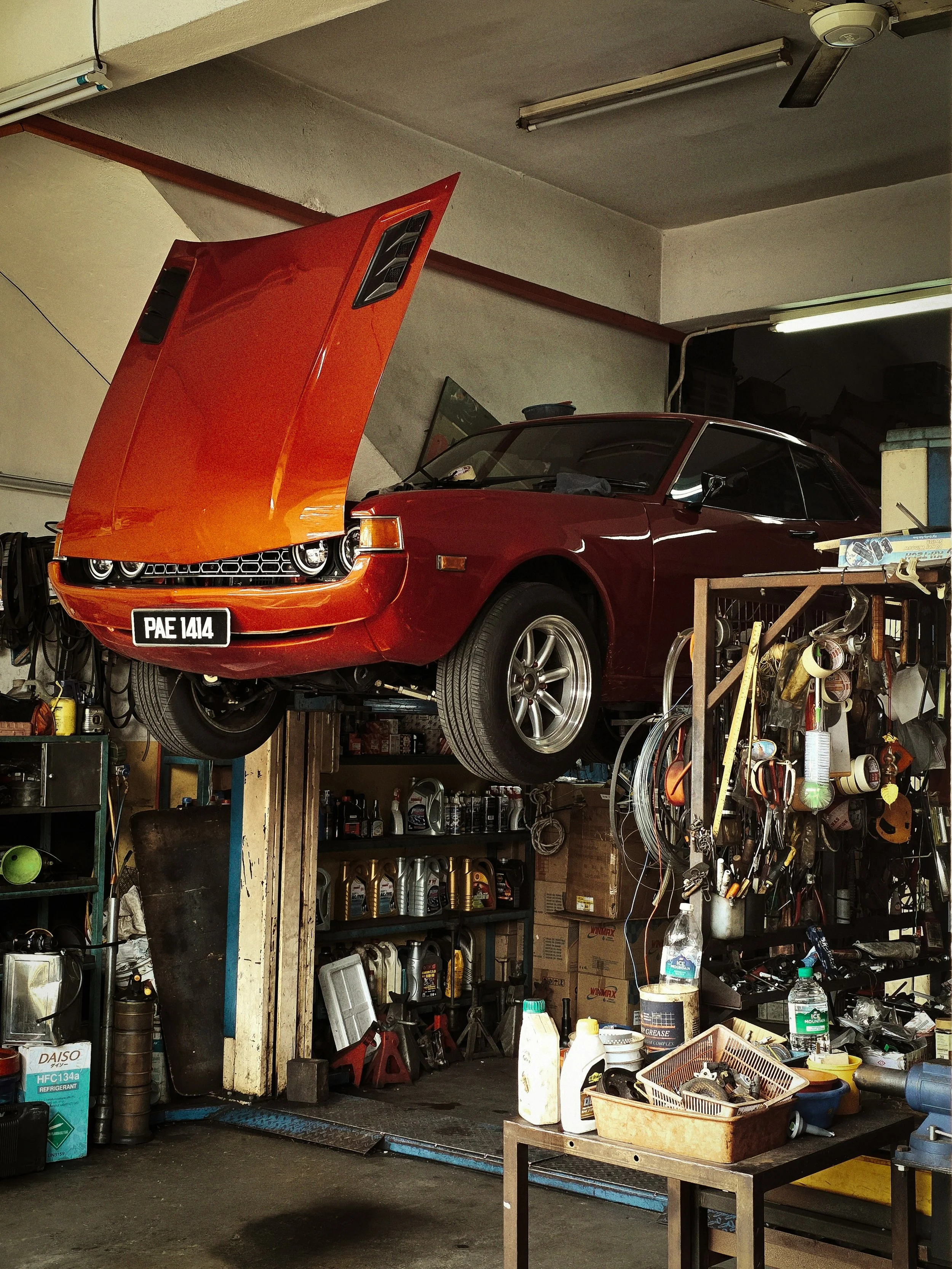Image credit: Joshua Mayo
From green bonds to sustainable banks, a quiet revolution is changing the way money flows. Green financing is no longer a niche concept, but it is developing into a central pillar of global economic policy and corporate strategy worldwide.
With burgeoning climate and other environmental issues, there is a strong possibility that green finance activities and products will increasingly become a necessary part of individual, organizational, corporate and government strategy.
Green finance is a structured financial activity that ensures a better environmental outcome. It goes hand in hand with sustainable financing which integrates environmental, social and governance factors into investment decisions to promote long-term economic growth, social outcomes and environmental sustainability.
Green finance encompasses a range of investment instruments offered by financial institutions, including green bonds, green loans and ethical equity funds that collectively support projects that promote environmental sustainability and social outcomes.
Green bonds
Green bonds are one of the most used instruments. These are fixed-income investments that are used to finance environmentally beneficial projects. In 2024 Australia issued the first green bond worth $7billion. It supports projects aimed at mitigating climate change, adapting to its impacts and improving environmental outcomes. While Australia’s green bound market is still developing, the European Union demonstrates a more advanced model of green finance. By the end of 2023, the European Investment Bank’s (EIB) had issued 197 billion under its Green Bond Program – a figure much higher than that of Australia’s entire green bond market.
Green Loans
Green loans support investments in areas such as renewable energy, energy efficiency, pollution reduction, sustainable agriculture and clean transportation. An investor might receive a discount on the loan’s interest rate, relative to the lender’s standard product. There are different types of loans:
Green mortgages are available for the purchase of green homes or renovations to satisfy green criteria such as solar systems.
Green automotive loans are available for the purchase of new green vehicles.
Green personal loans fund improvements to the energy efficiency of a home.
Global sustainable loan issuance slowed in the first half of 2025, falling to US$206 billion, down 21% from US$261 billion in the same period in 2024. Green loans still accounted for 48% of the total. In Australia, the green loan market remains relatively small at around US$9 billion.
Ethical Equity Funds
While green loans offer direct financing, ethical equity funds enable investors to participate in the growth of companies in the form of shares that prioritize sustainability and responsible behavior. In Australia prominent providers of sustainable and ethical Exchange-Traded Funds (ETFs) are Betashares, Australia Ethical and VanEck. According to the UN the global market value of sustainable funds amounted to $3.2 trillion in 2024. This represents an increase of 8 % over the previous year and demonstrates a clear growth potential.
The growing popularity of ethical equity funds reflect a broader trend: investors are motivated not only by financial returns but also by the desire to contribute to positive social outcomes. For clients, investing in or borrowing from socially responsible institutions can be highly appealing. It creates a sense of alignment between financial decisions and personal values – a psychological incentive as much as an economic one. However, this dynamic also carries risks. How can investors be certain that the funded projects will deliver the expected returns or social impact?
The renewable energy industry provides a telling example: while it promises sustainability and growth, it is also subject to technological uncertainty, policy shifts, and fluctuating market demand - making it riskier to invest. These sector-specific risks highlight some broader challenges that green finance faces across industries.
Greenwashing in finance
Greenwashing occurs when companies sell their products with false or misleading claims about the sustainability benefits to boost their sales. Michelin’s Indonesian rubber operations provide a prime example of greenwashing: despite promoting “zero deforestation” and issuing green bonds for sustainable projects, deforestation occurred, and investor are questioning whether the promised environmental claims were realistic. Another example of green washing is Fiagro, a financial instrument created by the Brazilian parliament to attract private investment into agribusiness. While promoted as sustainable, some Fiagro-funded projects have been associated with illegal deforestation, cattle farming in embargoed areas, and the expulsion of Indigenous people from their territories, showing how the green label can mask environmental and social harm. Where misconduct has no consequences, green sacrifice zones arise – areas where environmental harm is tolerated in the name of advancing “green” goals. In practice, green finance often sustains business as usual, focusing on superficial solutions rather than tackling the systematic drivers of environmental crises.
To avoid greenwashing financial institutions and investors should look for third-party verification. This year the Australian government has introduced the Australian Finance Taxonomy – a classification system designed to define and categorize economic activities based on their environmental and social sustainability. This taxonomy enables to compare investment products, thereby strengthening investor confidence in claims and mitigating greenwashing. In fact, it builds and expands on the EU taxonomy’s approach while covering key sectors including green mining, metals, minerals and agriculture and has an explicit focus on credible transition activities. It is also the world’s first taxonomy to set out expectations for collaboration with First Nations peoples and the management of cultural heritage. At the global level, the UN has established a high-level expert group to develop stronger and clearer standards for net-zero emissions pledges by companies, financial institutions and regions, and to accelerate their implementation.
Financial Institutions Incapability
Many banks and lenders lack the expertise, risk assessment tools, and long-term financing structures needed for green projects, as green finance is more technically demanding than conventional financing. Bankers often struggle to navigate the taxonomy of green finance terminology, and the operational capacity of the financial institutions frequently falls short of the high demand from green industry players craving credit assistance to green financing their projects.
Political and Regulatory Uncertainty in European Green Finance
In Europe, the political landscape has shifted from relative stability to a more volatile state. Rising military spending is placing additional pressure on the continent’s financial agenda, including green finance. The increase in defense spending raises questions about the future availability of resources for climate-related initiatives, creating uncertainty for investors.
At the same time, there are signs of a possible rollback of sustainability regulations. While the EU remains committed to its environmental objectives, recent regulatory changes- including the European Commission’s proposal to ease corporate sustainability reporting - have generated uncertainty. Critics argue that reducing reporting requirements by 25% risks undermining corporate accountability and investor confidence in ESG commitments. Nevertheless, ESG investments continue to grow in the EU, reflecting a sustained market’s ongoing interest in sustainable finance despite these challenges.
To wrap up green finance is a financial instrument designed to support environmentally friendly projects. While green finance faces significant risks and uncertainties, emerging regulatory frameworks and guidance from international organizations such as the Australian Finance Taxonomy and the UN expert group, offer important tools to enhance transparency, accountability, and investor confidence.
With all the risks and uncertainties of green finance, the new Australian Finance Taxonomy and the UN’S expert group help to mitigate these risks.
You have choices in how to invest, but only one planet. Green finance, if conducted the right way for the right reasons can provide the opportunity to make a difference.
Article by Jule Veith











